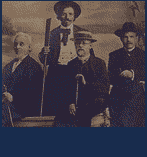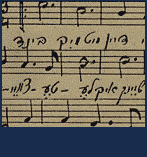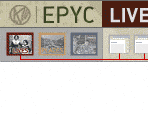

Secular Culture and Intellectual Life
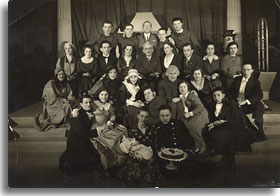

Above all, Vilna was a community of intellectuals and ideas, a restless, cerebral dynamo in which many of the important Jewish movements of modern times grew and spread. During the 1890s, a clandestine Jewish theater was launched, hidden from the restrictive laws of the tsars, as members of the Bund offered modest performances of Yiddish plays. During 1903, the theater movement left longer the underground because Nokhem Lipowsky had received official permission to produce Yiddish plays. In 1908, the new Yidishe folks-teater was built. The Vilner Trupe, Vilna's first professional Yiddish theatre company, performed there during the hard times of World War I and went on to present some 91 plays by 1931. Secular artists and writers - of Hebrew, Yiddish, and Russian - also flourished in Vilna's early 20th century avant garde world, which produced some of the greatest figures of modern Yiddish poetry and literature: Abraham Sutzkever (born in 1913 and now living in Israel), Chaim Grade (1910-1982), and Shmerke Kaczerginski (1908-1954), to name just a few among many. In 1929, a group of young poets and artists formed a small but esteemed society called Yung-vilne (Young Vilna), which became a fertile community of Jewish imagination until the war intervened.
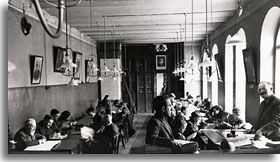

Vilna once also housed some of the most important Jewish libraries in Eastern Europe: the Mefitse Haskalah library, the YIVO Institute library, and the Strashun library. The last was named for its founder, Matthias Strashun, a Talmudic scholar who was also a pillar among the city's Maskilim during the nineteenth century. YIVO, an acronym for Yidisher visnshaftlekher institut (Yiddish Scientific Institute), was created in 1925 East European Jewish intellectuals as a means of preserving Yiddish and East European Jewish history and culture. It became a unique institution in the Jewish world. YIVO's wide-ranging program of original research documented past and contemporary Jewish life, and elevated Yiddish culture to a level worthy of serious study. The Institute attracted Jewish scholars from around the world and was, according to historian David Fishman, "inundated" with a mass of historical, literary, artistic and ethnographic materials. The work of zamlers (popular collectors), who forwarded their materials to YIVO, "became the subject of poetic odes, short stories, and feuilletons; the stuff of folklore and legend."
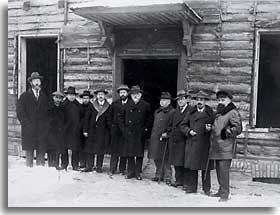

As the Holocaust loomed and Vilna's Jews were confined to a ghetto, the tens of thousands of books in YIVO's collection were in danger of being lost. Before the Nazi annihilation of Vilna Jewry, several young Jewish scholars formed a now legendary "paper brigade" which organized the secret transfer of valuable books and documents out of the YIVO building, thus saving them from destruction. Many of these materials, together with some other surviving books and archives from the Strashun and YIVO libraries seized by the Nazis, were transferred after the war to the YIVO headquarters, which had been reestablished by Dr. Max Weinreich in New York in 1940. Now known as the YIVO Institute for Jewish Research, YIVO is the only pre-Holocaust scholarly institution to successfully transfer its mission to the United States, preserving the intellectual and cultural legacy of Vilna Jewry. The largest repository of Yiddish and East European Jewish books, manuscripts, documents and artifacts, YIVO is today the world's foremost resource center for the study of East European Jewish history and culture; Yiddish language, literature, and folklore; and the American Jewish immigrant experience.











